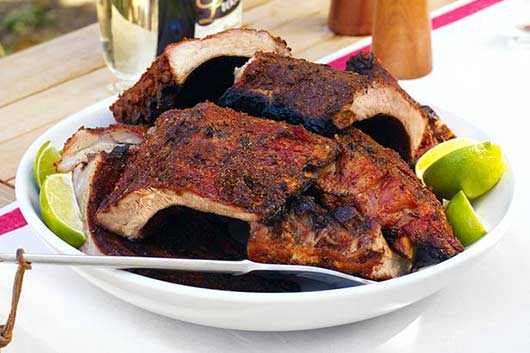
It used to be that we only acknowledged the familiar four flavors when it came to food and our taste buds. In case you need a refresher, those four flavors are sweet, salty, bitter and sour. Scientists, gastronomists and chefs are now touting the power of a mysterious fifth taste that our tongues are also programmed to recognize. This flavor is called umami, which means delicious or yummy in Japanese, and its taste has been described as rich, round and savory. Umami was coined in 1908 by Dr. Kikunae Ikeda to describe the flavor of the amino acid, L-glutamate and nucleotides. However, it wasn’t officially recognized as a fifth taste until the 1980s.
Food writer and author Josh Ozersky says, “The idea that there was a fifth [flavor] nobody knew about was pretty radical—like finding a sixth finger on your hand that you had never noticed before, or an additional member of ZZ Top.” Don’t feel as though your whole notion of food needs to completely change in order to grasp the umami taste concept, but you can’t deny that this exciting discovery has led to a change in the way food is prepared and served. To give you a quick primer on the appreciation of umami food, here are 10 ways to understand what chefs mean and what the flavor really is.
1. A Whole Lotta Yummy
That indescribable combo of flavors that makes you drool, smack your lips and savor something that’s not really sweet, not so salty, not bitter, and definitely not sour.
Read Related: Saucy Parmesan Meatballs for National Meatball Day











